In Conversation with Tom Heard
last updated 26 October 2023
Interview by Nina Fiol
For this Artist Feature, Marketing Associate Nina Fiol jumped on a call with Bright Artist Tom Heard to chat about inspirations, artist process, solving problems, and advice for beginner illustrations. Since joining Bright back in 2015, Tom has worked on multiple projects with clients such as Ladybird Books, Scholastic, and Marks & Spencers, to name a few.
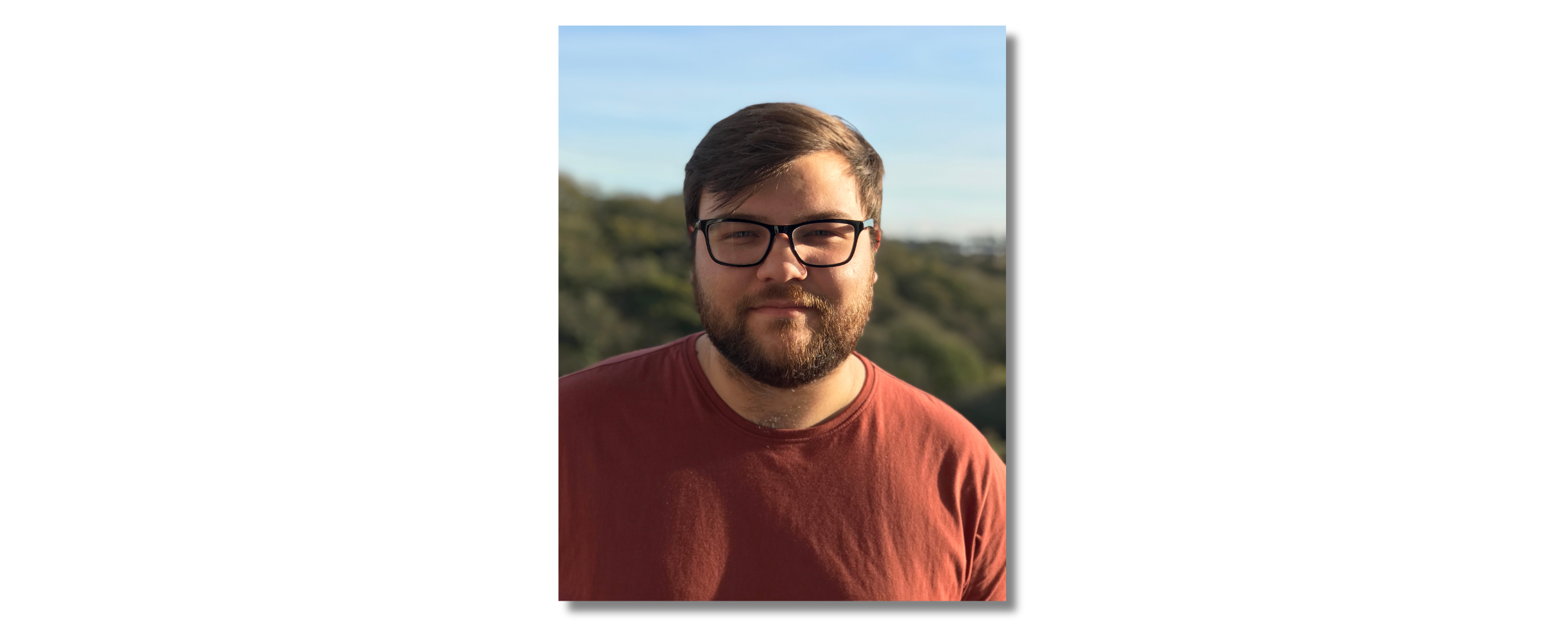
Tom’s agent, Lucie Luddington had some nice thoughts to share about working with Tom: “Tom is a wonder in all ways! A Bright asset! I have worked with Tom from day one of his Bright career. He gives 110% at all times and is also a lovely soul. He sets the standard on how artists should commit and behave!”
N: It’s Nice to meet you!
T: Yeah, nice to meet you too,
I’ll just jump right in. Why don’t you talk us through your creative process. How do you approach a brief, how do you know when you’re finished? Let’s start there.
Yeah, of course. I always work with a sketchbook, I’m always doodling all the time. I keep a notebook with me to make notes about anything to draw. When I receive a brief, the first thing I like to do is read through all the documents I receive from the client, have a look at their reference imagery, then go and try and research and find my own. And then I just draw! I keep drawing and “problem-solve,” and I think that’s really what I see as my way of figuring the problem out, and that’s how I’ve always approached a brief. That element of “problem solving,” and drawing to find the solutions. I also always keep a camera with me. Always out and taking photos, capturing anything that’s of interest. Could be bits of typography on a shop sign, or the changing light throughout the day. About 95% of it won’t get used, but its that golden 5% that I do like to work with.
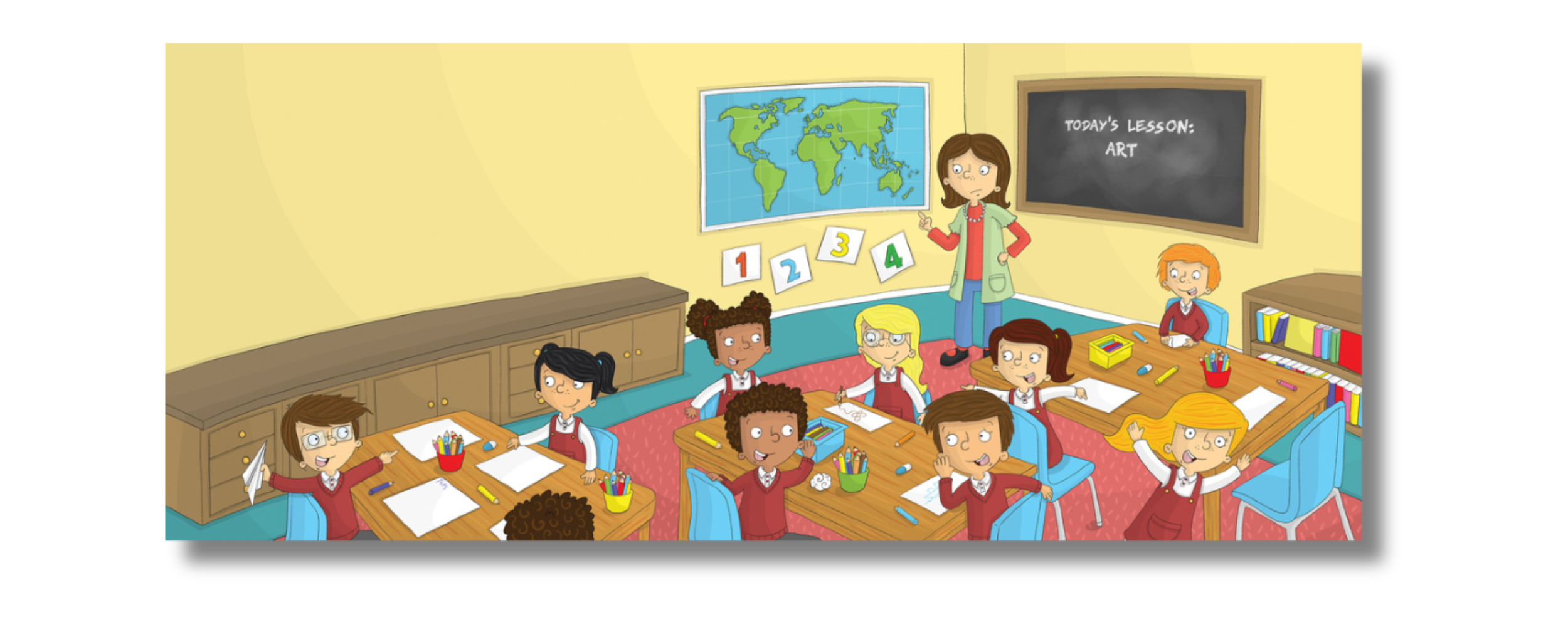
Definitely, that’s cool. Would you say photography is kind of a side-project that you have or do you just use that for your inspiration?
I think it’s just my way of recording. I’ve always loved photography, and was taught small elements of it in my other role which is a college lecturer. Predominantly, it’s just my way to record.
That’s great. Who or what have been your key influences as an illustrator?
I think through children’s books, the illustrations of Quentin Blake that I would come across when I was younger were a profound influence, really. And that was my first engagement in what an illustrator is. I think later on when I was a student, one of my lecturers was a children’s book illustrator, and that’s really where I learned about the process of illustration as a craft and working with children’s literature as well. I found that incredibly inspiring.
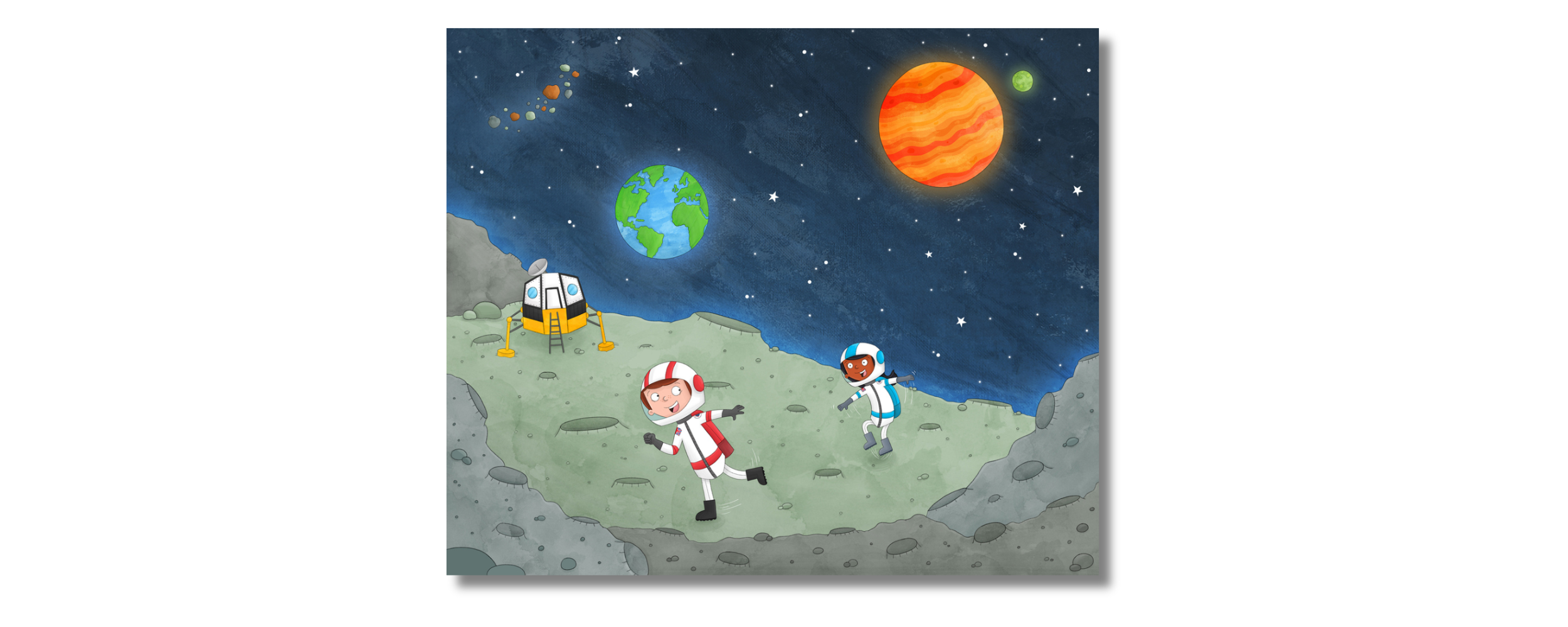
And, how did you begin your illustration career? How did you know it was something that you wanted to pursue?
Initially, I really enjoyed playing football and I was really active when I was a lot younger. I played for my school team. I was also really into music, and I used to play flute and piano. When I hit 16 I went to college and I started studying A Levels, and initially I picked music and fine arts, and history of arts, and IT. As the months went on, I realized actually that wasn’t really engaging me. I ended up picking up illustrations and graphics as an A level as well. I really love drawing and always have loved drawing. It was quite a core memory, when I realized that you can actually work for a client and work on these commercial briefs and that you can make that into a career. From there it naturally fell into a love of working with childrens illustrations. I love working with the colors, the textures that you see in the work. It was something I found deeply inspiring.
What’s your favorite part of the illustration process?
I enjoy the sketching process. That first set of briefs is the beginning of the problem. And, I really enjoy solving it! I’m extremely fortunate to work with some fantastic clients that Bright has connect me to. So I would say the first part of the project: beginning the research, sketching, coming up with the ideas, that’s really the bit that drives the rest.
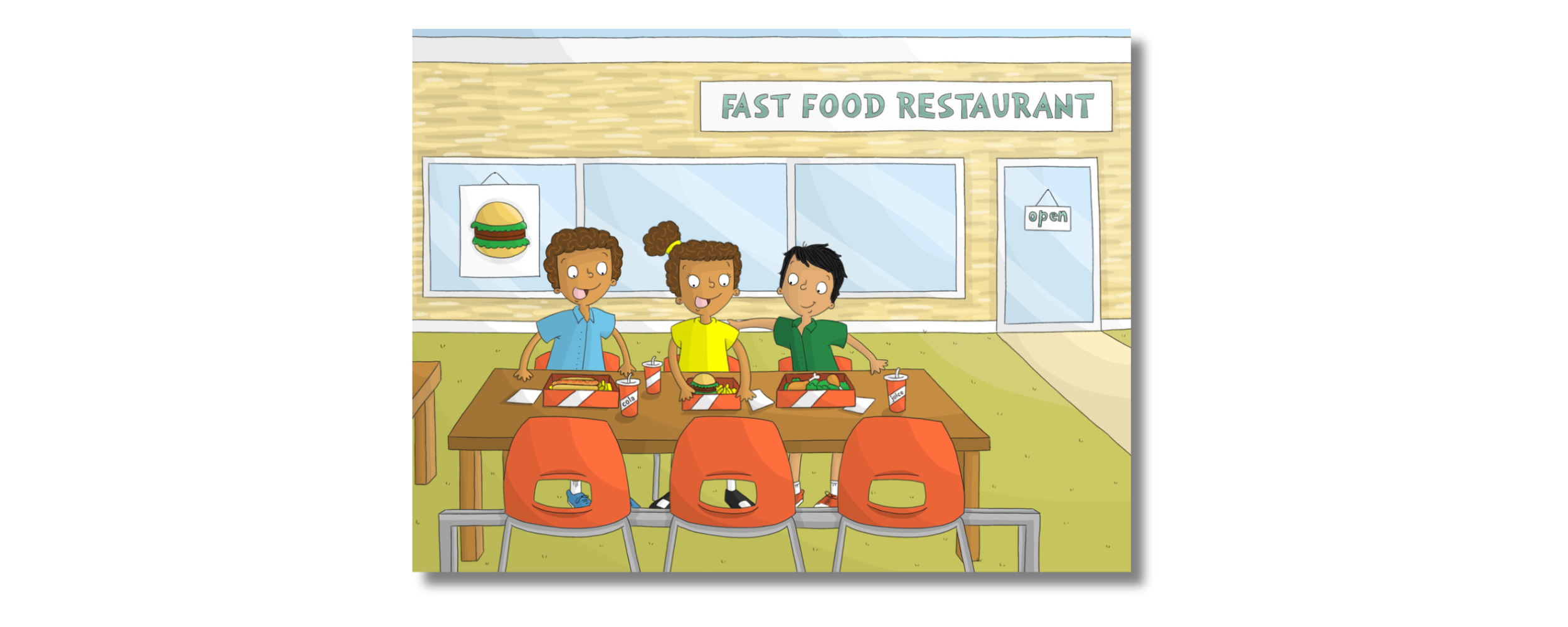
Do you have any bit of advice for new illustrators?
Keep going. It’s a long road! I’m an avid football fan, and the motto of my team, Birmingham City is “keep right on,” and i think its a great bit of advice. I think at times its challenging, you may not get the feedback you want or you may feel that nobodys listening, but keep going, keep making, and eventually you will stumble upon something that works and it will reinvigorate your craft and what you’re making. I think its hard work and persistence. There a lot of things that go on behind the scenes in terms of your work and what you’re making. Quite often, people just see the final outcome and not necessarily the hours and the testing that goes into it. I think patience and hard work are a key skill
You had mentioned earlier that you’re into music. Do you listen to anything while you work? Is there anything you’re really into right now?
I really enjoy listening to music! I got a Spotify subscription recently and I’m constantly being introduced to new things. In terms of an album, I did really enjoy Black Country New Roads’ new album this past year. I’ve always been someone who needs a kind of background noise while I’m working, whether its music or a podcast or just seeing what’s on Netflix and throwing that on.
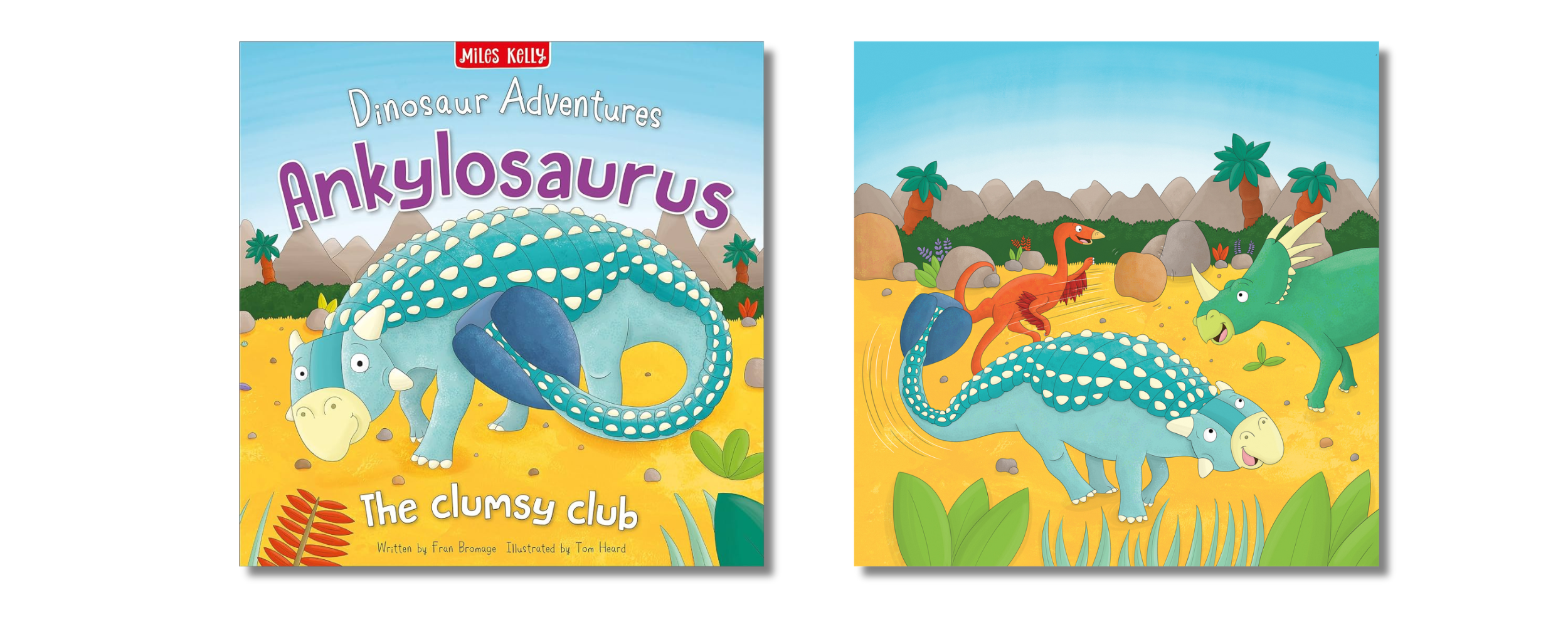
That’s fantastic. I noticed you don’t have an Instagram for your artwork, is there a reason why?
I came off social media! I used to be an avid user of it for years, and I found that it was such a pressure to keep on top of it. It got to the point where I thought “is it even good for me?” I stopped using it. I read a book recently that suggests taking a break from social media for a few weeks at a time. It started with Twitter, then I came off Instagram and Facebook. I work as a lecturer, and I’m so used to seeing 16 year olds on their social medias. I think there are elements to it that are incredible, and I still actively engage in it in terms of Google searchers, but I much prefer being a bystander.
Do you think Instagram is a good tool for illustrators to use to get their work out there and reach clients?
I think there’s other ways, I don’t think we have to be tied to one platform. It’s a great tool, and I’m not anti-Instagram at all. The actual sharing of work and the amazing things that come of that can be an extremely positive experience. It’s a tricky one, I do flirt with the idea from time to time of going back on. It’s a really powerful tool. At the moment, I’m taking space from it.
Do you have an idea of what your dream brief is? It could be a client or a subject matter, what would be the ultimate goal?
Well, the one client I’ve always wanted to work with was Ladybird Books. And that was one of the first projects I got with Bright, actually!
So you already reached your dream client!
[laughs] That was the one client I really wanted to work with. When I was younger, we always had Ladybird Books around the house. To work on a project with them was incredible, really. I love to work with everybody, especially if it’s an exciting brief.
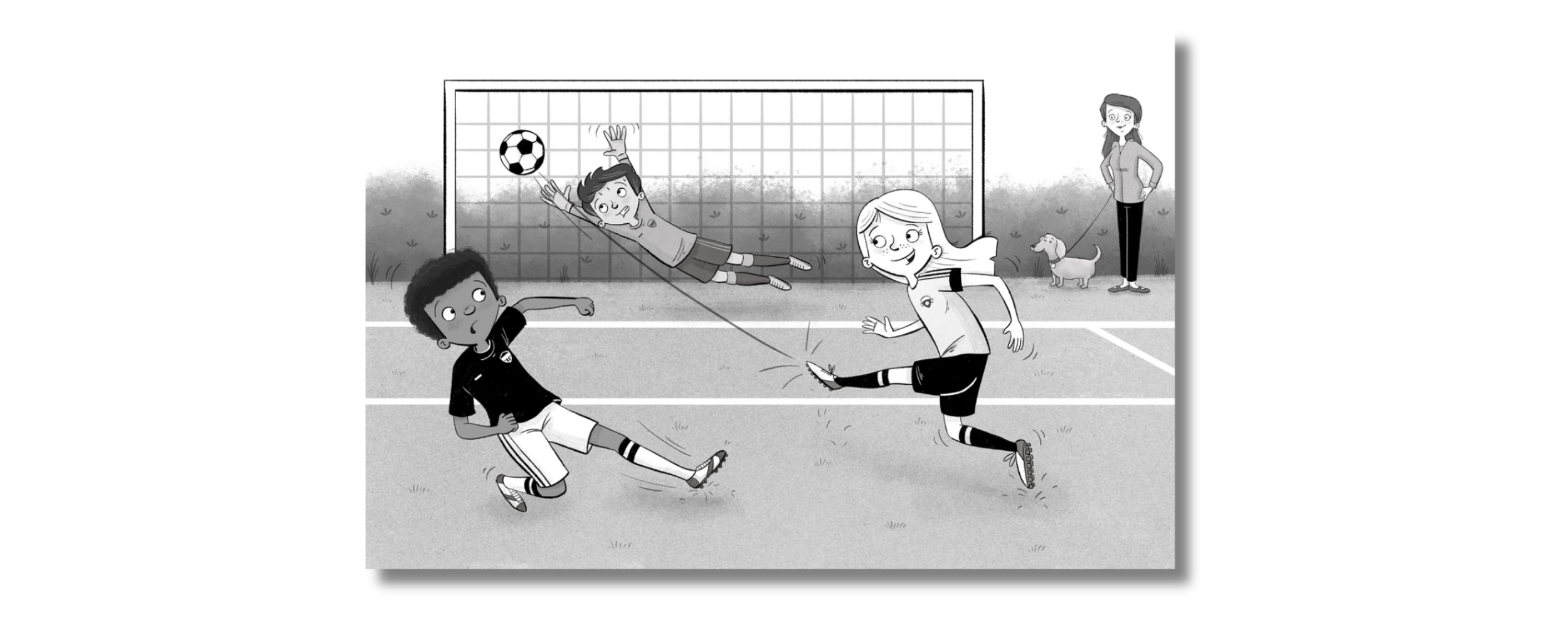
Thank you so much Tom for taking a minute to chat with us. To work with Tom, get in touch with Lucie here.